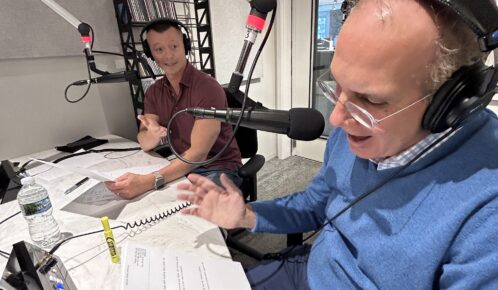The 4 D’s of medical negligence includes duty, dereliction to or deviation from duty, damages, and direct cause. Understanding these may help you determine whether negligence led to an injury in medical care. If a negligent medical professional caused your injuries, you may be able to recover compensation in a medical malpractice case.
Table of Contents
The 4 D’s of Medical Negligence
The following is a breakdown of each of the 4 D’s in medical negligence and what they mean in a medical malpractice suit.
Duty
Medical professionals owe a duty of care to recipients of medical care. This entails meeting certain standards of care that help maintain the well-being of patients. Doctors and other medical care providers will owe a duty of care as soon as a relationship is established between them and their patients.
There are many parties that can owe a duty of care in medical facilities. For example, your doctor, anesthesiologists, nurses, and other specialists are all responsible for providing sufficient care.
Deviation from or Dereliction of Duty
Medical professionals of all types must meet a standard of care when practicing. Once there is a patient-doctor relationship, primary care physicians and others will need to provide adequate care, but some professionals may fail to provide this level of care. This is known as either dereliction of duty or deviation from duty.
What dictates whether a medical professional has failed to meet the standard of care is whether he or she acted in a way that deviates from how others in the same or a similar profession would act. For example, a doctor may have deviated from duty if he or she misdiagnoses an illness when others with the same level of education and access to critical resources wouldn’t have made the same mistake.
There are many ways medical professionals may deviate from duty, but unlike the first “D” of medical negligence, it’s often more difficult to prove that a breach of duty took place. A medical malpractice lawyer with experience handling these types of cases may be able to help prove that a medical professional breached his or her duty of care.
Damages
Another of the 4 D’s of medical negligence that victims of medical malpractice must prove is damages. These are specific and quantifiable consequences resulting from the medical practitioner’s dereliction of duty.
Damages could include a combination of economic and non-economic damages. Economic damages are those resulting in various expenses, such as medical bills for additional treatment after suffering from an injury or illness due to medical negligence. Meanwhile, non-economic damages include pain and suffering that can be either physical or psychological in nature. While non-economic damages are often more difficult to calculate, it’s possible to do so using a couple of different methods.
Some examples of economic damages include the following:
- Medical expenses
- The cost of ongoing care to treat injuries or illnesses resulting from negligence
- Lost income resulting from an inability to return to work or taking time off from work to recover
- Rehabilitation and physical therapy
- Modifications to the home to accommodate a disability
Non-economic damages could include physical pain, mental anguish, loss of enjoyment of life, disfigurement, and loss of consortium (relationship), among others.
In rare instances, a judge or jury may also award punitive damages in addition to compensatory damages. These would apply when a medical professional engages in gross negligence or maliciousness that causes harm to patients. The main intent behind these damages is to prevent the defendant and others from committing similar breaches of duty in the future.
Direct Cause
In addition to a duty of care, breach of duty, and damages, victims of medical negligence will need to show that the breach of duty directly contributed to the damages they sustained. While proving direct cause is simple in many cases, it may be more challenging to prove.
For instance, a medical professional may prescribe a medication that ultimately causes an injury. While you may be able to prove that this decision ultimately led to certain damages, you may struggle to prove that the doctor should have known about how the medication would affect you. You may discover that the company behind the medication is more responsible for the damages, while the physician who prescribed it was in the right.
Proving direct cause and other items in medical malpractice cases can be difficult. These cases often involve complexities that make proving all 4 D’s in medical negligence a challenge. These reasons are why it’s best to speak with an attorney to prove direct cause and the other elements to succeed with a claim or lawsuit.
How to Determine Whether You’re a Victim of Medical Negligence
If you believe you may be the victim of medical negligence at the hands of a doctor or another medical professional, there are some signs of medical malpractice that you may identify.
For example, you may notice that your condition isn’t improving regardless of treatment and care, or that your condition actually worsens. Your diagnosis may also fail to sufficiently explain all the symptoms you’re experiencing, and a doctor may only make a diagnosis based on a lab test. Some patients may also feel as though their doctors are ignoring them and fail to provide information that helps them recover. Finally, doctors may also take too long to diagnose an injury or illness, which can prevent the patient from getting the proper care as soon as he or she needs it.
If you’re not sure what to do if you have been misdiagnosed or inadequately treated by medical professionals, an experienced medical malpractice lawyer may be able to help build a case. If you suspect that any type of medical negligence has taken place, it’s important to understand the 4 D’s in medical negligence and how you can prove them to successfully recover compensation.



